Canadian docs and engineers trial printed skin
If you’ve been following this blog you’ll know that 3D printing is finding uses in all sorts of industries, but when it comes to improving people’s quality of life some of the most exciting developments are taking place in the world of medicine. Already 3D printers have been used to create prosthetic hands, and there’s research going on that could soon lead to replacement organs being grown around printed supports – instead of waiting for a donor then hoping the match is close enough, surgeons will be able to grow a perfectly sized new organ from the patient’s own cells. Is printed skin a possibility?
A team of doctors from Toronto University’s Sunnybrook Hospital, working with the university’s engineering faculty, have come up with a solution that could revolutionise an even trickier form of transplants – skin grafts. Replacing damaged skin is a key part of treating many injuries, particularly burns, but it’s very difficult and the results aren’t always great.
Traditional skin grafts involve taking skin from one part of the patient’s body and using it to replace damaged skin somewhere else. There are two obvious problems, of course. One is that skin from different parts of the body are rarely a perfect match, so the graft can be quite obvious. The other is that the patient is left with the same amount of skin. This technique can help to repair disfiguring injuries, but it still usually leaves scarring somewhere.
A newer method uses a “cellular patch” – a sheet of skin cells grown in a petri dish. This gets round the problem of not having enough skin, and can also give a closer match. The problem is that it can take days to grow the patch, and time is critical for burn injuries. The more time that passes between the injury and the graft, the worse the results will be.
Printing a solution?
The Toronto team hope they’ve found a way round this, using a special hand-held 3D printer. This is loaded with a roll of “skin” made from stem cells, which can reproduce themselves and grow into different kinds of cells – including skin cells. The printer can rapidly apply large sheets of stem cell skin over burns, and use an additive process to bond it to the surface of the wound.
There are two advantages to this technique. One is that it almost instantly does most of the required healing. Burns are open wounds, and notoriously vulnerable to infections and further damage. With a layer of new skin on top it’s protected right away, and the rest of the healing process can take place naturally. As well as that, the team have found that burns treated with their system show less inflammation, and heal with less scarring and contraction.
So far this system isn’t ready for large-scale use, but early tests have shown promising results. If more trials are successful printed skin could make a huge difference to burn patients – and there are many other potential uses.

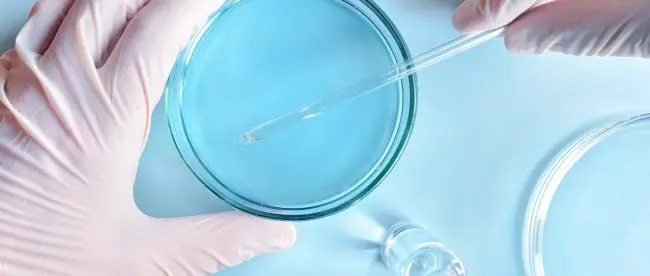
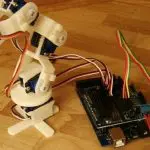


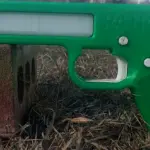
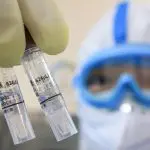
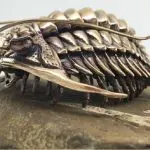
Leave a comment
You must be logged in to post a comment.